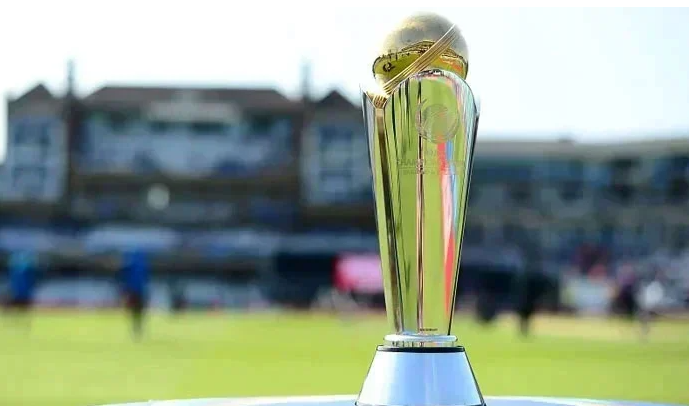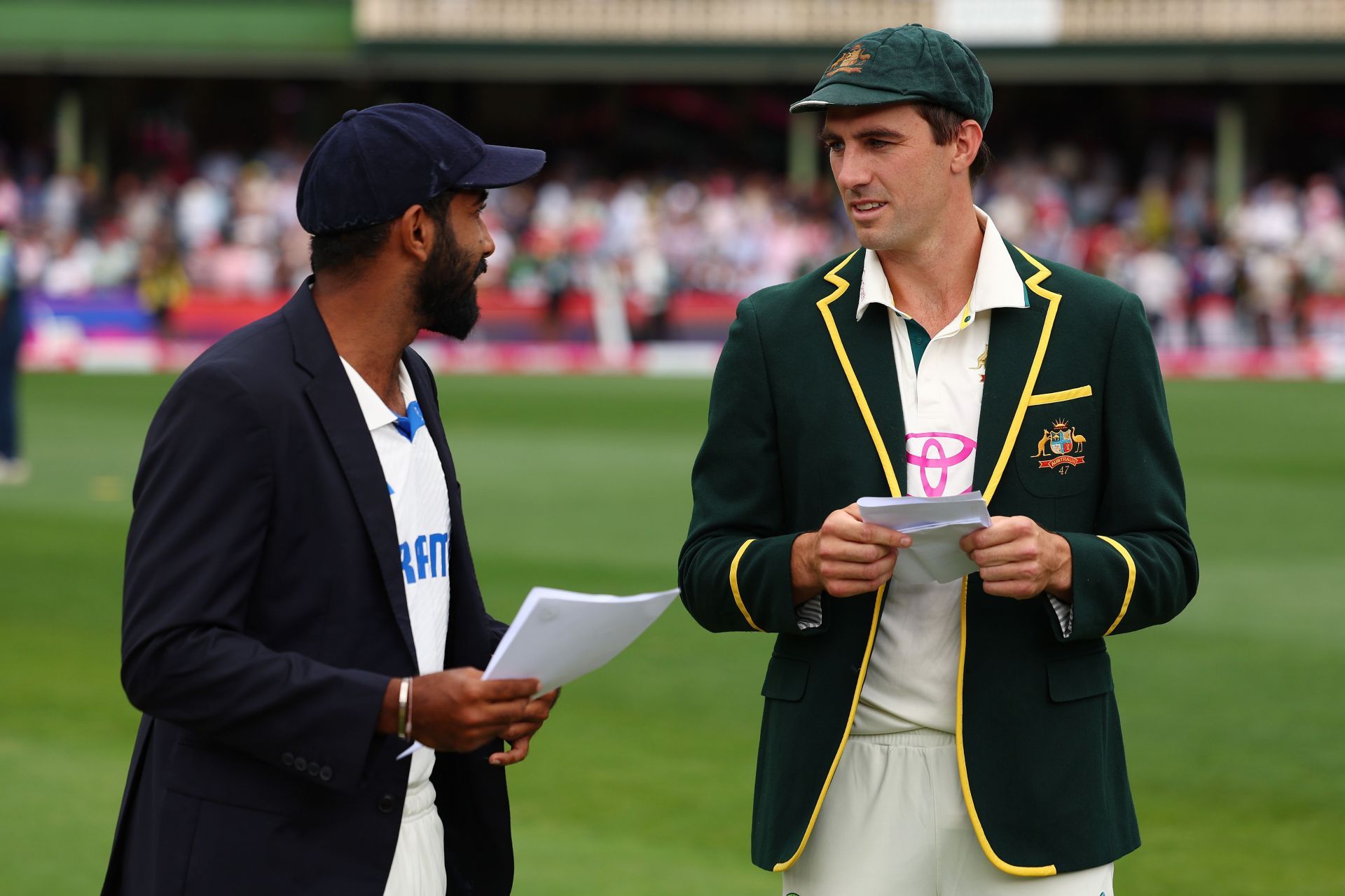Pakistan Veteran Before Border-Gavaskar Trophy

As the cricketing world gears up for the Border-Gavaskar Trophy, starting November 22, 2024, the Indian cricket team finds itself at a crossroads. The recent series against New Zealand, where India faced a 3-0 defeat, breaking a 4331-day streak of not losing a home Test series, has sparked intense debate. Central to this discussion is the performance, or lack thereof, of stalwarts like Virat Kohli, Rohit Sharma, and Ravichandran Ashwin. The call from a Pakistan cricket veteran to “remove Virat Kohli” has ignited a firestorm, reflecting broader concerns about the team’s strategy and player selection.The Case Against Virat Kohli:The argument against Kohli stems from his recent form, or the lack of it. Scoring just 93 runs at an average of 15.50 against New Zealand, Kohli’s struggles are not new. His last Test century came 1,204 days ago, a drought that has fans and critics alike questioning his place in the team. Basit Ali’s comment, “Remove Virat Kohli,” though controversial, taps into a growing sentiment that perhaps the time for Kohli’s reign might be waning. The demand for results in cricket is relentless, and Kohli’s inability to convert starts into substantial scores has become a focal point of criticism.The Broader Debate:This isn’t just about Kohli but reflects on the broader strategy of the Indian team. Basit’s critique extends to Rohit Sharma and Ravichandran Ashwin, both of whom have also underperformed recently. The suggestion here isn’t just about removing players but about the lack of match practice and the need for these players to find form. “There’s a lack of match practice,” Basit argued, highlighting a systemic issue where top players might be overprotected or not given enough game time on less challenging pitches to regain confidence and form.The Indian Cricket Conundrum:The Indian cricket team’s strategy has often been criticized for its over-reliance on a few key players. The call to “remove” these players isn’t just about their current form but also about fostering a culture where younger talents can emerge. However, as Basit points out, “Do you have any players of their quality?” This question strikes at the heart of Indian cricket’s depth. While there are promising talents like Abhishek Sharma, transitioning from T20 to Test cricket is not straightforward, and the immediate replacement of icons like Kohli or Rohit with lesser-experienced players could be risky.As India prepares for the Border-Gavaskar Trophy, the team management faces a tough decision. Dropping Kohli or Rohit isn’t just about form but about the psychological impact on the team and the fans. Yet, cricket’s unforgiving nature demands performance. The series against Australia, known for its challenging conditions, might just be the crucible where these players could either forge a comeback or confirm the need for a strategic overhaul.The debate around Virat Kohli’s place in the team, fueled by comments like Basit Ali’s, encapsulates the broader narrative of Indian cricket’s evolution. It’s a narrative of legacy versus necessity, of experience against the freshness of new talent. As the Border-Gavaskar Trophy looms, all eyes will be on Kohli, Rohit, and Ashwin, not just for their scores but for what their performances signify for the future of Indian cricket. Whether these veterans can reclaim their form or if this series marks the beginning of a new era for Indian Test cricket, only time on the pitch will tell. The cricketing world watches, not just for the game but for the story it tells about cricket’s most passionate nation.




.jpg)







